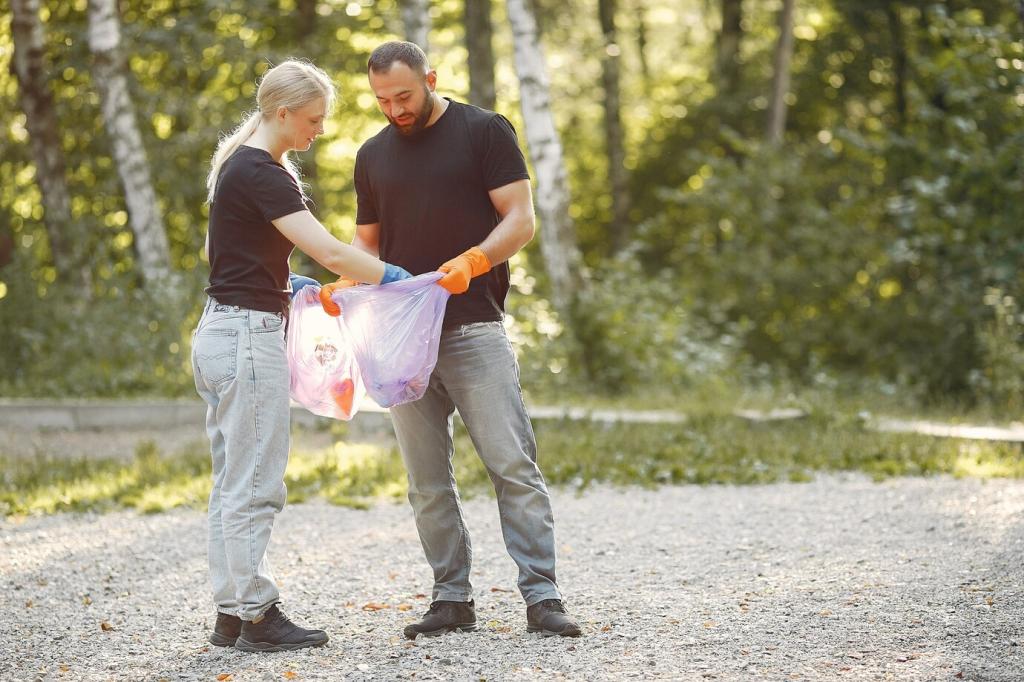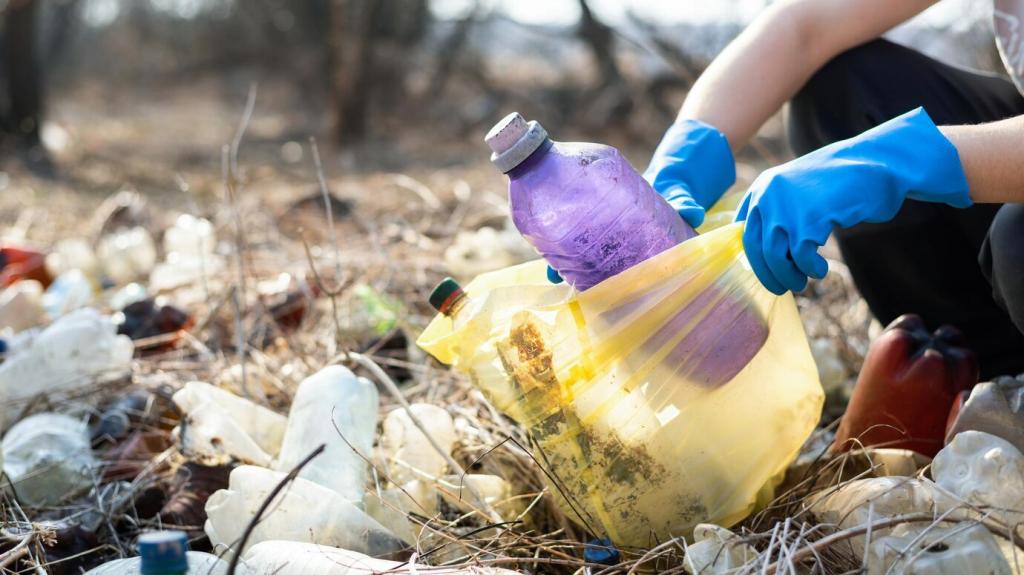Repairing Vintage Wooden Frames: Restore Timeworn Beauty
Identify wood species, age, and clues in the finish
Maple, oak, and pine age differently, leaving distinct pores, odors, and colors. Old shellac warms toward amber, while oxidized oil darkens unevenly. Note smoke residue, sun bleaching, and water rings. Share your identification tips in the comments and help fellow readers learn to see what time has written.
Read joinery to reveal the maker’s intent
Hand-cut miters, spline slots, and tiny brad holes reveal how the frame was assembled and how it should be repaired. Loose joints often signal original hide glue, which is safely reversible with warmth and moisture. Tell us your favorite discovery moment from a thrifted frame you examined closely.
Respect patina and decide what to keep
Scratches and softened edges are part of a frame’s voice, not flaws to erase. Clean gently and preserve patina where possible, repairing structure without erasing history. Would you keep a century-old water stain or tone it in? Cast your vote and explain your philosophy below.

Start with a small, smart toolkit
Soft brushes, cotton swabs, micro-fiber cloths, low-tack tape, small clamps, a miter clamp, dental picks, and a card scraper go far. Add a headlamp and a magnifier for detail. What is the one tool you cannot live without when repairing vintage wooden frames? Share your essentials.

Choose reversible adhesives and finishes
Hot hide glue bonds wood strongly yet releases with warmth and moisture, perfect for antique joints. Dewaxed shellac dissolves in alcohol for future repairs. Wax finishes protect without sealing the grain forever. Comment if you have tried reversible methods or want a starter guide for mixing hide glue.

Source materials responsibly and period-appropriate
Reclaimed moulding, salvaged corner keys, and recycled glass keep repairs authentic and sustainable. Look for old-stock hardware that matches age and patina. If you have a favorite salvage yard or online source for period parts, drop the link and help the community restore responsibly.
Structural Repairs That Last Without Overbuilding
Clean out old brittle adhesive, steam if needed, and test-fit dry before gluing. Apply hot hide glue, align carefully, and use band clamps or miter clamps with gentle pressure. Have a clamping trick that saved a tricky corner? Share a photo and technique so others can learn.
Structural Repairs That Last Without Overbuilding
Cut shallow, neat mortises across cracks and inlay matching wood butterflies to bridge the split. For thin rails, consider an internal spline hidden in the miter. Keep grain direction sympathetic. Tell us how you color-matched your keys to blend invisibly with the original frame.


Cleaning and Finish Revival Without Erasing History
Use a soft brush and a low-suction vacuum with a mesh screen to lift dust safely. A kneaded eraser can pick grime from carvings. Avoid water until you understand the finish. Share your careful cleaning wins and what tools helped you reach delicate corners without damage.
Cleaning and Finish Revival Without Erasing History
Spot test with mineral spirits on a cotton swab to distinguish dirt from finish. Step carefully to mild soap solutions if needed, working in small areas. Keep a log of reactions. Comment if you want our printable solvent test chart for vintage wooden frames and we will send it.
Color Matching, Loss Infill, and Convincing Faux Grain

Make reversible fills that age gracefully
Use wax sticks or shellac-based burn-in sticks for small losses, keeping fills slightly proud to level later. Avoid hard epoxies when reversibility matters. If you have a favorite fill recipe, post it, and we will compile a community guide to safe, reversible frame infills.

Paint the grain, not just the color
After a neutral base, layer dyes and pigments to echo pores and rays, using fan brushes and stippling to mimic texture. Feather edges into surrounding wood. Share before-and-after shots of your grain painting triumphs and let us feature your work in a subscriber gallery.

Blend sheen to disappear the repair
Match gloss by adjusting wax, shellac cut, or a final rub with rottenstone. A perfect color fails if the sheen is wrong. Want our sheen-matching checklist for repairing vintage wooden frames? Comment checklist and we will send the printable guide to your inbox.

